
with articles on computer applications in photography.
|
The Magic Hours Golden Hour and Blue Hour Shooting and Postprocessing |

|
Back to the Photo Bytes section, with articles on computer applications in photography. |
|
While this article is (mostly) done, this is an early version; I expect it to grow and evolve in the coming weeks and months, until it reaches full perfection. (Just kidding, but it sounded good, so I thought it may be worth a try!)
Any substantial changes or additions after June 5 will be clearly marked here.
Golden Hour and Blue Hour are the terms assigned to the time periods over any given day, when the Sun is just above (golden) or just below (blue) the horizon. Many photographers find the quality of light during those periods very attractive; hard or impossible to recreate under different conditions. |
|
Obviously, we don't want the camera to balance the color towards neutral; we want it to be golden-red; this is why a thing to remember is to set WB to the "Sunny" (5300°K) preset; maybe even to "cloudy" to give our images even more of the red punch. I'm feeling outright embarrassed saying that: the image above was shot with Auto WB. and I had to spruce it up in postprocessing. I never use Auto WB except for incandescent light, so it must have been an accident. Oops. Sorry. Never again, I hope. I also like to underexpose my pictures under these circumstances. This can be important. If the highlights are red, some may have the total luminosity within the RGB range of 255, but with the red channel overloaded, the detail lost. If you have to stretch the range of an underexposed frame, the resulting increase in noise can be fixed; if you burn out the detail, it is lost forever. (And no, it does not help much if you save images in the raw format.) Note that, just for the heck of it, I'm including here a picture shot on film, back in 1998. I was driving in Utah (or was it Colorado?), with just enough time to stop, get out, and shoot three frames — without even thinking about exposure (or anything else). Well, beginner's luck: got myself a keeper. Golden Hour Portraits Portraits, and photographing people in general, reap huge benefits from the Golden Hour light. It becomes so easy, too easy, that it may feel like cheating. It is not just the red direct sunlight, even if is additionally softened by some light-reflecting clouds. If you are lucky (or smart) enough to have an area of open, but darker, background, it will bring into the picture some blue; perhaps not enough to get noticed, but enough to make the redness stand out more.
|
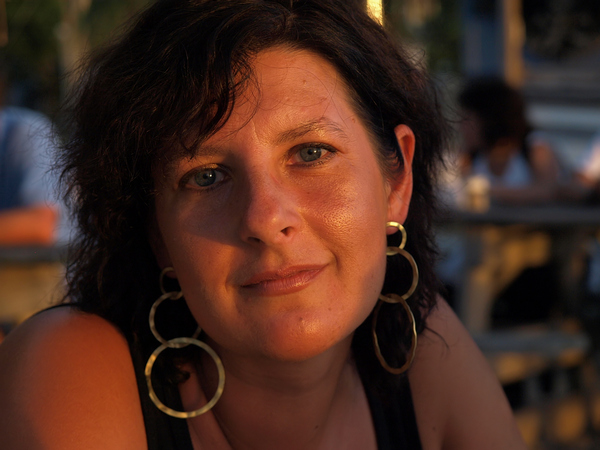
Olympus E510 with ZD 14-54/2.8-3.5 at 54 mm
AP (0 EV): 1/160 s at F/4.5, ISO 800, WB 5300°K |
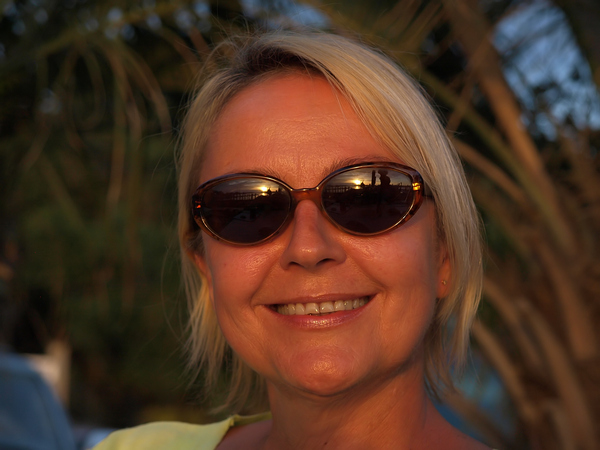
Same camera, same lens
AP (0 EV): 1/200 s at F/4.5, ISO 800, WB 5300 |
|
The postprocessing here was minimal:
This looks like a clear Blue case, no admixture of Golden at all. The softness of ambient sky light is quite pleasing. Actually, it was this scene earlier that year, which made me take interest in Blue Hour photography. See also this one, shot deeper into the Blue Hour.
| 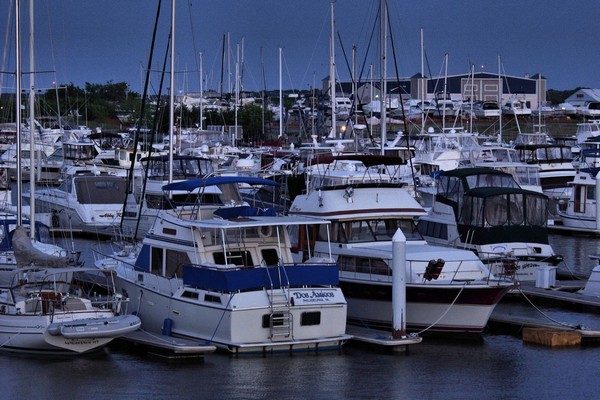
Olympus E-10, 35-140/2.0-2.4 (EFL) lens at EFL=140 mm
| Gold #3: Badlands rockscape, North Dakota Quite different than most Golden Hour scenes, both straight off the camera and after the postprocessing, with a number of viable options for the latter. This is, if I remember right, the Badlands Wall area, near the Door and Window Trailheads, where we had Magic Hour sessions two evenings in a row. The Sun is just about to cross the horizon line: only the tips of larger rocks catch some of it. And here — a Golden Hour bummer! The picture "as shot" is quite disappointing, as the foreground sandstone, illuminated mostly by the blue-sky light, lacks any redeeming qualities, be it shape, shadow pattern, or texture. The tiny sunlit areas are not enough to help. Boring.
|
All we can do is to try to fix this in postprocessing. Here in a sequence of steps which seems to do the job.
This sequence was developed by running five complete chains as the one shown above, but with LTM set to 4, 8, 12, 16 and 20, plus some changes in Curves. This was an attempt separate from the one described in the PSP landscape study.
| 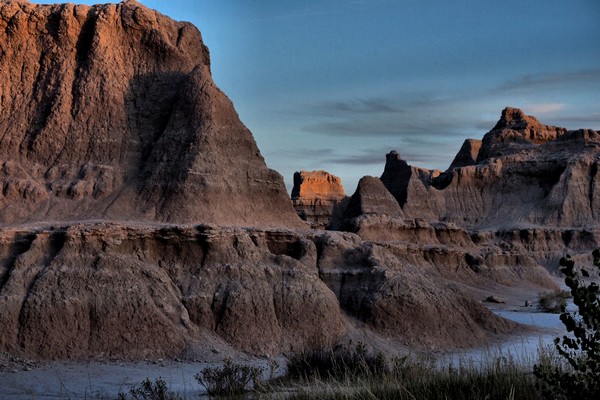
Olympus E-M1, MZD 12-40/2.8 at 40 mm
|
| Blue #3: More Badlands Another most enjoyable Golden and Blue Hour session, this one a day before the one from the previous Example. One limitation: I took no tripod along. The picture I chose to show here was shot well after sunset (8:03 PM, September 20). Together with some of its neighbors, it exhibits one peculiar feature: the sky is quite blue near the horizon, becoming more pink higher up, both in pastel shades.
|
This is how that frame, and similar ones, were postprocessed.
To preserve that pastel, blue-and-pink tonality, I've decided against LTM in postprocessing, leaving it as an option; have a look. See also another frame from the same series.
| 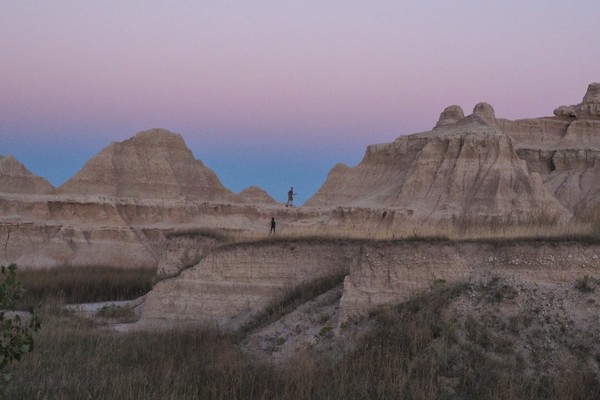
Olympus E-M1, MZD 12-40/2.8 at 27 mm
|
| ||||

|
Back to the Photo Bytes section, with articles on computer applications in photography. |
| Home: wrotniak.net | Search this site | Change font size |
| Posted 2018/05/31; last updated 2018/06/07 | Copyright © 2018 by J. Andrzej Wrotniak |